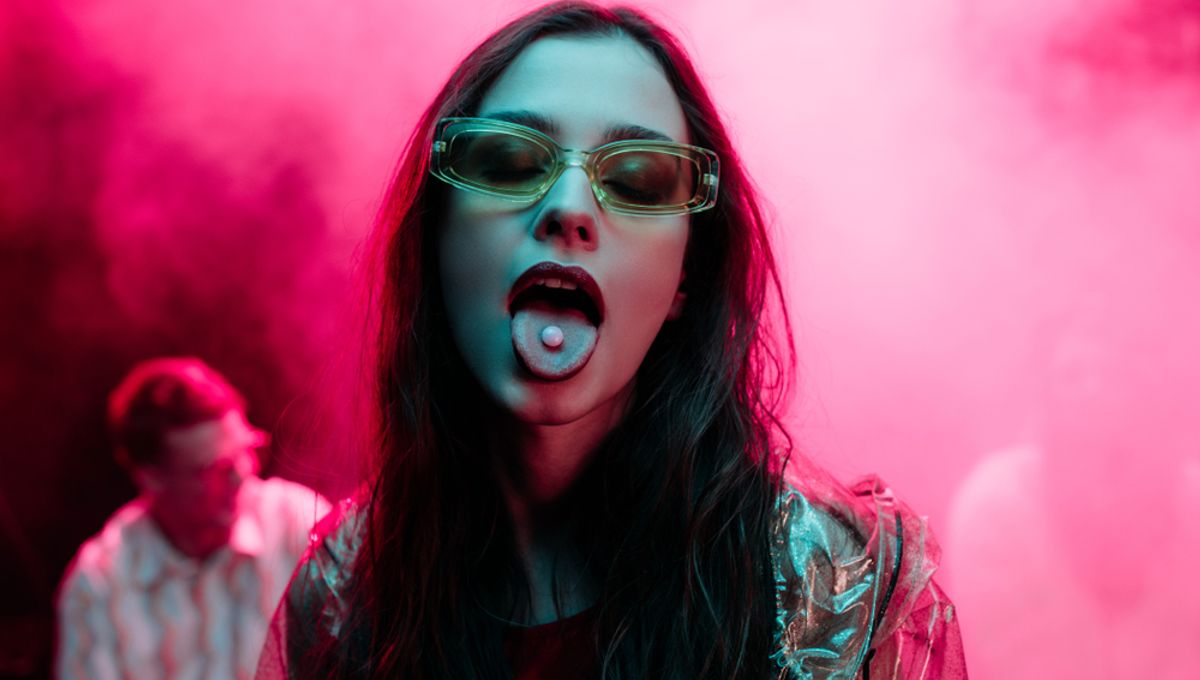
The crossover between acid house raves and scientific research is pretty limited, but a new study has managed to marry the two by examining the effects of mixing LSD and MDMA in the lab. Known as “candyflipping”, the combination has been a favorite among dancefloor demons since the late 1980s and has now piqued the interest of scientists due to its potential therapeutic benefits.
With psychedelic-assisted psychotherapy showing promise as a treatment for depression and other mental health conditions, researchers are keen to examine the role of LSD in facilitating psychological well-being. However, as the authors of the new study point out, bad acid trips can be pretty scary and unpleasant, which isn’t ideal when you’re trying to release trauma and soothe the psyche.
“The induction of overall positive acute subjective effects is desired in psychedelic-assisted therapy because positive acute experiences are associated with greater therapeutic long-term benefits,” write the researchers. Enter MDMA, which they say “produces robust positive subjective effects, including enhanced feelings of positive mood, well-being, empathy, trust, and closeness to others.”
Unlike LSD – which generates psychedelic trips by binding to serotonin 2A receptors in the brain – MDMA stimulates the release of hormones like norepinephrine, serotonin, and oxytocin. Thus, while acid takes users on a mind-bending hallucinogenic journey, MDMA tends to make people love everything and everyone around them while also blessing them with the energy to dance all night.
“Therefore, we hypothesized that adding MDMA to LSD would enhance positive mood effects and decrease anxiety that is associated with the LSD response,” write the study authors. Testing out their theory, the researchers plied 24 volunteers with a cocktail of the two drugs under randomized, placebo-controlled conditions.
To their surprise, however, the trippy combo had no impact on the acute effects of LSD. In other words, and in contrast to the claims made by candyflippers, adding MDMA to the mix doesn’t alter the nature of LSD trips.
Having said that, the researchers did note that the effects of LSD lasted longer when combined with MDMA, probably because the latter inhibits an enzyme which breaks down psychedelic drugs. Given that acid trips typically go on for 10 to 12 hours, though, extending their length is unlikely to be useful to anyone except the most hardcore of ravers.
Ultimately, the study authors were forced to conclude that “there is likely little benefit in combining MDMA and LSD in psychedelic-assisted therapy.” On a positive note, though, candyflipping may help partygoers to throw shapes for an impressively long period of time.
The study is published in the journal Neuropsychopharmacology.
Source Link: Candyflipping: Could Mixing LSD And MDMA Have Therapeutic Benefits?